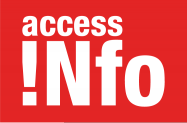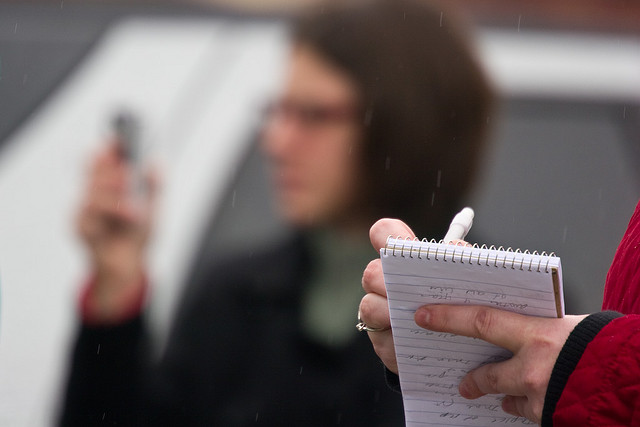This post was originally published in the Open Society Foundations website.
London, 11 February 2015 – Southeastern Europe suffers from some of the world’s least transparent media ownership. In a Mapping Digital Media (MDM) report on Macedonia in 2012, Roberto Belicanec and Zoran Ricliev wrote that «there are no formal or legal requirements for media, other than broadcasters, to disclose any data on ownership, turnover, or any other publicly relevant matter.» As if to prove the point, two years later, in the summer of 2014, journalists traced the real ownership of Kurir.mk, an influential Macedonian news portal, back to the brother of a senior official of the governing party.
The availability of accurate information about media ownership is essential for democracy. Public knowledge of owners’ identities helps to ensure that abuses of media power can be assessed, publicized, and prevented. It allows people to be informed about the interests that may be inappropriately biasing the news. And it makes it easier to establish whether a market is operating fairly and efficiently, especially towards new entrants.
But transparency around media ownership remains elusive in this region of the world, held back by powerful political and business interests who benefit from the opaque system. One of the saddest examples of this involves B92, a Serbian broadcaster that earned wide respect covering the wars of the 1990s but, following a change of ownership, is now seen by many as betraying its professional values.
According to a report by Balkan Insight, B92 raised money between 2006 and 2009 by issuing shares. In 2010, a Greek-Swedish joint venture registered in Cyprus called Astonko bought nearly 85 percent of the company. Serbia’s media regulator approved the purchase, but the country’s antitrust watchdog objected that B92 had not reported the change. The watchdog, whose mandate is to examine and approve such changes, also questioned whether B92’s new owners owned another national broadcaster, TV Prva, which would violate concentration rules.
The commission is quoted as saying, «TV Prva is a great example of how the lack of transparency of ownership, contrary to the law, allows the same owner to acquire a large number of media Similar problems can be found elsewhere in Europe, as a 2011 MDM report on Latvia showed. «It continues to be unclear who the ultimate owners of a number of media institutions are,» author Jānis Juzefovičs wrote. «There is widespread public speculation about the local oligarchs and political and economic groups controlling media outlets.» One reason for lack of progress on this issue has been the absence of convincing comparative data. With support from the Open Society Foundations, Access Info Europe (AIE), an advocacy group for the right of access to information, carried out the first systematic research into the availability of information about media ownership in Europe. The findings were even grimmer than expected. From AIE’s sample of 19 countries, the study determined that only in six of them could the public discover who the actual owners of the broadcast media are, whether from media regulators or company registers. On this basis, AIE developed a set of recommendations for reform, consulted on them, and promoted them at the European level. The recommendations have been taken up by the Council of Europe, and helped to lead the ministers of EU member states to call for the European Commission to investigate good practice in this field—the same call that led DG Connect to host a seminar on good practice last October. AIE is exploring the potential for campaigns on this issue in countries where poor transparency creates problems for independent journalism and media pluralism. It also wants to keep the conversation alive in Brussels and at the Council of Europe, where the steering committee on media plans to set up a working group on ownership transparency. Transparency of media ownership is the lowest hanging fruit on the media pluralism tree. It is easier to tackle than, say, the independence of broadcast regulators, the concentration of ownership, or the future of public service media. The only resistance to it comes from industry bodies that oppose any new imposition on their members. Yet experience in countries with transparency regimes—including Austria, Finland, and Norway—shows that compliance need not be onerous. Likewise, some say that European-level action on this issue would not be appropriate, that each country should act as it sees fit. Neelie Kroes, the recently departed vice-president of the European Commission, responded to that objection when she wrapped up the October seminar: «We have the tools and the competences to act. All we need is the courage to act as EU member states together.» The new College of Commissioners must not be allowed to let the matter drop.

